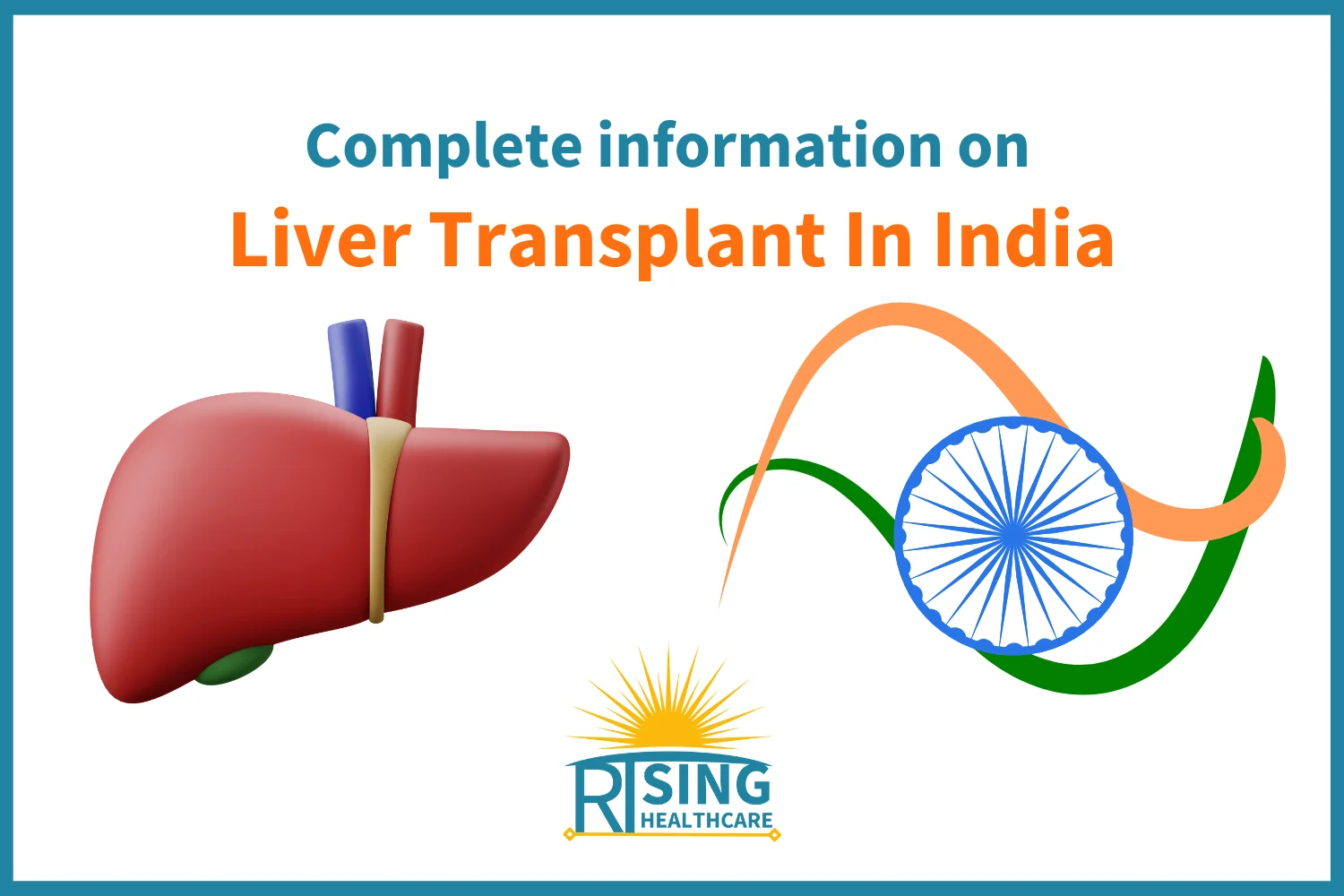
Imagine your heart as a powerful engine, tirelessly pumping blood to every corner of your body. To do this, your heart needs a steady supply of oxygen and nutrients. The coronary arteries are responsible for delivering these essentials to the heart muscle. However, when these arteries become clogged or narrow due to a buildup of fatty deposits, it can lead to heart problems and even a heart attack. In such cases, doctors may recommend a procedure called Coronary Artery Bypass Grafting (CABG) surgery to restore proper blood flow to the heart.
In this article, we will break down the complexities of CABG surgery into simple language. We’ll explain what CABG is, why it’s needed, how it’s done, and what to expect during and after the procedure.
Why Is CABG Surgery Needed?
Understanding the Heart's Blood Supply:
The heart is a muscular organ that works non-stop to pump blood throughout your body. To perform its job, the heart also needs its own blood supply. This is where the coronary arteries come into play. These arteries wrap around the heart, providing it with oxygen and nutrients. Think of them as tiny pipelines delivering vital nourishment.
Plaque Buildup:
Over time, things can go wrong with these coronary arteries. One common issue is the accumulation of plaque. Plaque is a mixture of cholesterol, fat, calcium, and other substances that can build up inside these arteries, gradually narrowing them. This narrowing process is called atherosclerosis.
Reduced Blood Flow:
As plaque continues to accumulate, the coronary arteries become narrower and less efficient at delivering blood to the heart muscle. This can lead to a condition called coronary artery disease (CAD). Reduced blood flow means the heart muscle doesn’t get the oxygen and nutrients it needs to function properly.
Symptoms and Risks:
When CAD becomes severe, it can cause chest pain (angina), shortness of breath, and even heart attacks. A heart attack occurs when a part of the heart muscle is starved of oxygen due to a blocked artery. It’s a life-threatening situation that requires immediate medical attention.
What Is CABG Surgery?
Now that we understand why CABG surgery is needed, let’s dive into what this procedure entails.
CABG, or Coronary Artery Bypass Grafting, is a surgical intervention designed to restore proper blood flow to the heart muscle. It’s like building a detour around a roadblock on a vital highway. During the surgery, the surgeon creates new pathways for blood to reach the heart muscle by bypassing the blocked or narrowed sections of the coronary arteries.
Here’s a simplified step-by-step breakdown of CABG surgery:
- Preparation: Before the surgery, you’ll be given anesthesia to make sure you don’t feel any pain during the procedure. You’ll also be connected to machines that monitor your vital signs, like your heart rate and blood pressure.
- Accessing the Heart: The surgeon makes a small incision in the chest to access the heart. In some cases, a larger incision may be needed.
- Harvesting Grafts: To create new pathways for blood, the surgeon takes a healthy blood vessel from another part of your body. This is usually an artery from your chest (internal mammary artery) or a vein from your leg (saphenous vein). These harvested blood vessels will act as “bypasses.”
- Creating the Bypasses: The surgeon attaches one end of the graft to the aorta (the main artery that carries oxygenated blood from the heart) and the other end to a point beyond the blockage in the coronary artery. This redirects blood flow around the blocked area.
- Testing and Securing: After creating the bypasses, the surgeon checks to make sure they are functioning properly. The grafts are secured in place, and any bleeding is controlled.
- Closing the Chest: Once the grafts are working as intended, the surgeon closes the chest using sutures or staples.
- Recovery: You’ll be monitored closely as you wake up from anesthesia, and you’ll spend some time in the recovery room before being transferred to a hospital room.
What to Expect During and After CABG Surgery
During CABG Surgery:
- You won’t feel any pain during the surgery because of anesthesia.
- The surgery typically takes several hours, but the time can vary depending on your specific case.
- The surgical team will take every precaution to ensure your safety and well-being.
- Modern surgical techniques and technology have made CABG surgery safer than ever before.
After CABG Surgery:
- You’ll spend some time in the intensive care unit (ICU) to be closely monitored.
- As you recover, you may be attached to various tubes and machines to help with breathing, drainage, and monitoring.
- Pain management is a priority, and you’ll receive medications to keep you comfortable.
- You’ll gradually start moving and walking as part of your recovery process.
- The hospital stay can vary but is typically a few days to a week, depending on your progress and overall health.
Benefits and Risks of CABG Surgery
Benefits:
- CABG surgery can greatly improve blood flow to the heart muscle, reducing symptoms like chest pain and shortness of breath.
- It can lower the risk of heart attacks and improve overall heart function.
- Many people experience an enhanced quality of life after CABG surgery, allowing them to resume regular activities.
Risks:
- Like any surgery, CABG carries risks, including infection, bleeding, and adverse reactions to anesthesia.
- There can be complications related to the grafts or the heart itself.
- The length of recovery varies, and some people may experience prolonged discomfort or complications.
- It’s crucial to follow your doctor’s instructions for a successful recovery.
Recovery and Lifestyle Changes
Recovery from CABG surgery is a gradual process. Once you’re discharged from the hospital, you’ll need to make some lifestyle changes to ensure the long-term success of the procedure:
Benefits:
- Medications: You may need to take medications to manage blood pressure, reduce cholesterol levels, and prevent blood clots. It’s essential to take these medications as prescribed.
- Diet: Adopting a heart-healthy diet low in saturated fats, trans fats, and cholesterol is crucial. You’ll want to increase your intake of fruits, vegetables, whole grains, and lean proteins.
- Exercise: Regular physical activity can help improve your heart health. Your doctor will provide guidance on the appropriate level of exercise for your condition.
- Quit Smoking: If you smoke, quitting is essential to reduce the risk of further damage to your coronary arteries.
- Stress Management: Chronic stress can negatively impact your heart health. Learning stress management techniques, such as deep breathing and meditation, can be beneficial.
- Follow-up Care: Regular check-ups with your cardiologist are essential to monitor your progress and make any necessary adjustments to your treatment plan.
Conclusion
In simple terms, Coronary Artery Bypass Grafting (CABG) surgery is a life-saving procedure that restores proper blood flow to the heart muscle. It’s like building detours around blocked or narrow roads in your coronary arteries to ensure your heart gets.

